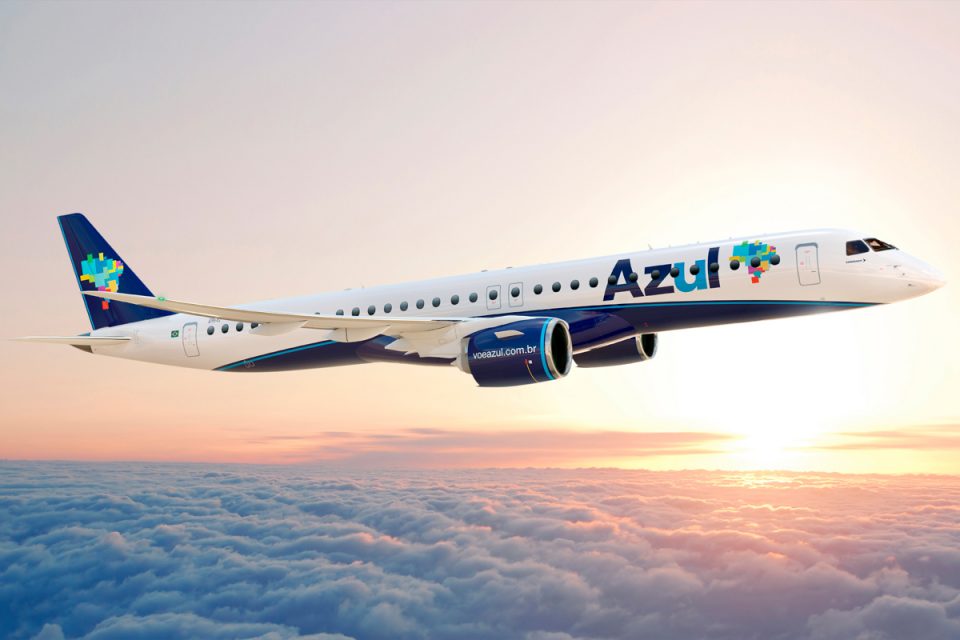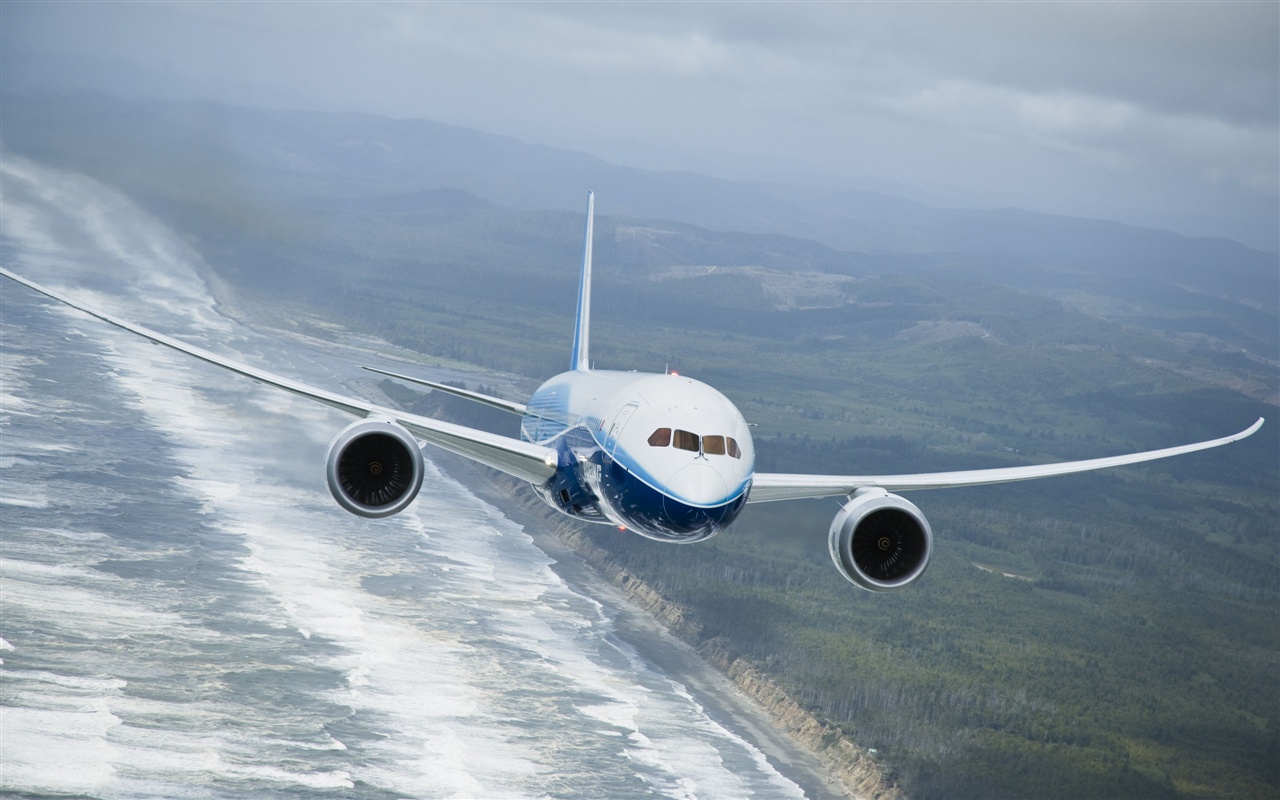Leeham News and Analysis
There's more to real news than a news release.
There could be a future for the A380—and it’s not what you think
By Scott Hamilton
June 3, 2020, © Leeham News: The conventional wisdom is there is no future for the Airbus A380 after front-line carriers remove the airplane from their fleets.

HiFly is operating its sole Airbus A380 with medical supplies flying on the main deck. Source: HiFly.
Singapore Airlines retired the first of five A380s a few years ago as 10-12 year leases expired. Only one found a new home, with ACMI operator HiFly. Others went to the scrap heap.
The virus crisis prompted several airlines to ground entire A380 fleets—perhaps permanently. Emirates Airline, with 115 in operation before COVID-19 essentially shut down world travel, said it would ground a big portion of its A380s. It took about a week before President Tim Clark said eventually these will return to service.
The A380 doesn’t make a good belly freighter airplane, like the Boeing 747. The lower cargo hold isn’t spacious. The elaborate landing gear takes space away from cargo. The upper deck is positioned a few inches too high to accommodate common containers. Loading cargo onto the upper deck is a logistical challenge.
Yet there is a P2F (passenger to freighter) option that is feasible and affordable. And it is being explored.
Embraer announces a first Quarter 2020 loss of $292 million
By Bjorn Fehrm
June 1, 2020, ©. Leeham News: Embraer presented its 1Q2020 results today. It lost $292m (vs. loss of $43m 1Q2019) on revenues of $634m ($823m).
The reason is the COVID-19 crisis and halting commercial jet production during January, to prepare for the Boeing Joint Venture. It halved the 1Q2020 revenue of Commercial aircraft to $141m versus $281m last year.
The Executive jet segment is recovering, however. Its 1Q2020 revenue was $130m versus 117m 1Q2019, an 11% increase despite delivering fewer jets. The reason is high-end deliveries are now strong after several years of slump.
The separation costs for the canceled Boeing Joint Venture during 1Q2020 was $22m. The 1Q2020 results include $55m of special items due to the impacts of COVID-19. Embraer lowered the fair value of its stake in Republic Airways Holdings with $22m and made bad debt provisions for weak airliner customers of $33m.
Arbitration proceedings with Boeing have started for the canceled Comercial airplanes Joint Venture agreement and the KC-390 Contribution agreement. Embraer said in the quarterly presentation call it would be open to new cooperation agreements but had nothing new to tell on the subject.
The Company has $2,501m of Cash exiting 1Q2020 with first debt maturing in 2022. Given the present crisis for Civil aviation, guidance for 2020 is suspended.
Pontifications: New GE Aviation CEO will face big challenges
June 1, 2020, © Leeham News: The new chief executive officer for GE Aviation (GEA) will face huge challenges when he or she succeeds David Joyce when he retires this year, say industry sources. Joyce was named CEO in 2008.
Like other sectors of commercial aviation, the COVID-19 crisis hit GEA hard.
Initially, the workforce was cut by 10% in March. This was deepened to 25% in May. Non-essential spending was cut. A hiring freeze was implemented and other cost-cutting measures were put in place.
Summary
- Demand for new airplanes tanked. The Boeing 737 MAX, powered by CFM LEAP engines, has been grounded since March 2019. No return to service is in sight. (GE is a 50% partner in CFM International, which makes the LEAP.)
- LEAP engines on the 737 and the competing Airbus A320neo family fall way short of on-wing targets. Shop visits, under warranty, add to GE’s cost basis.
- The Boeing 777-9, powered by the GE9X, is already a year late. A redesign of some critical parts of the engine was required.
- COVID also decimates the engine aftermarket business, which is core to the OEM business model.
What’s the gain of flying a smaller single-aisle during COVID-19 recovery?
By Bjorn Fehrm
Subscription Required
Introduction
May 28, 2020, © Leeham News: As flying recommences after country lockdowns, the fill factors for the flights will be low for an extended period.
Airlines and the OEMs are anticipating the low load factors. For instance, Delta has not deferred any Airbus A220 deliveries but is postponing deliveries of larger aircraft. How much of an advantage is a smaller aircraft when opening up the traffic again?
We compare the operational costs of the Airbus alternatives. The cost of flying the A220-300 is compared with the A320neo.
- The A220-300 is about 25 seats smaller than the A320neo. It’s smaller airframe makes for lower fuel costs and airway/landing fees.
- There are savings on the crew side as well, as both flight and cabin crew costs less.
- Finally, modern systems, a composite wing, and a fuselage made of advanced materials promise lower maintenance costs than the A320neo.
HOTR: LATAM files bankruptcy, latest COVID airline casualty; 1,100 aircraft involved
By the Leeham News Staff
May 26, 2020, © Leeham News: LATAM, the largest airline company in South America, filed for Chapter 11 bankruptcy today in New York.
LATAM operates more than 300 aircraft. This filing means more than 1,100 worldwide were operated by airlines seeking bankruptcy or administrative protections. The UK’s Flybe was already failing before COVID effectively shut down UK air travel.
administrative protections. The UK’s Flybe was already failing before COVID effectively shut down UK air travel.
Many others teeter on the edge, saved for the moment by government bailouts.
Below is LNA’s latest tally of aircraft.
Bjorn’s Corner: Do I get COVID in airline cabins? Part 3.
May 22, 2020, ©. Leeham News: In our Corner series about flying during the COVID-19 pandemic, we look closer at the available research around passengers that fly with virus infections and if these spread to other passengers during a flight.
How much do we know and what are guesses?
Better to bring capacity back with a 777-9 or 787-10 if we fly 777-300ER today?
By Bjorn Fehrm
Subscription Required
Introduction
May 21, 2020, © Leeham News: We looked at the economics of extending the lease of a Boeing 777-300ER or taking an ordered 777-9 here.
If traffic post-COVID-19 on the routes we fly stays down for long, should we change the order to a 787-10? What are the trades between staying with the 777-300ER, taking the 777-9, or stepping down to a 787-10?
We use our airliner economic model to find out.
Summary:
- The 787-10 is the safe choice if the fill level for our routes will stay below its passenger capacity for a longer period.
- This choice is valid for a JFK to Heathrow route. The 787-10 has a shorter range than the 777-300ER and 777-9, so a 787-10 alternative is only possible for routes within its capacity.
Lessor exposure to Airbus, Boeing wide-bodies
Subscription Required
By Scott Hamilton
May 18, 2020, © Leeham News: As airlines park or retire thousands of aircraft, lessors with wide-body airplanes are most at risk.
Single-aisle airplanes are easier to re-lease and more in demand when traffic recovers. Reconfiguration and maintenance costs, if required, are  reasonable by aviation standards. Cabin reconfiguration may run up to $1m. Airframe and engine MRO costs for Airbus A320s and Boeing 737s typically are in the low millions, depending on condition.
reasonable by aviation standards. Cabin reconfiguration may run up to $1m. Airframe and engine MRO costs for Airbus A320s and Boeing 737s typically are in the low millions, depending on condition.
MRO and reconfigurations costs for wide-body airplanes, on the other hand, can cost more than a new A320 or 737. GE Aviation GE90s on Boeing 777-200LRs, -300s and -300ERs are notoriously expensive. MRO for Rolls-Royce wide-body engines is costly under RR’s contract packages.
Reconfiguration costs for A330s, 777s and A380s can run up to $30m, depending on the initial operator and who the second (or third) one will be. Therefore, HiFly did not reconfigure the ex-Singapore Airlines Airbus A380 it acquired after SQ retired the airplane.
LNA analyzed the number of wide-bodies owned by lessors. There are more than 670 Airbuses and more than 600 Boeings.
Pontifications: There is no good news
May 18, 2020, © Leeham News: There simply is no good news in commercial aviation right now.
Yes, airport traffic is upticking in the USA (and elsewhere) slightly. But in the USA, it’s still less than 10% of last year’s totals.
There remains a tremendous amount of uncertainty.
- Airbus plans to lay off some 10,000 employees, according to press reports. Another production rate cut seems inevitable.
- Boeing’s CEO revised the forecast for air traffic recovery from 2-3 years to 3-5 years. Production recovery will take another 2-3 years after that, he said.
- Embraer’s biggest customer for the E195-E2, Azul Airlines, deferred deliveries from 2020-2023 to 2024. There haven’t been announcements about deferrals by US carriers for E175-E1s, but there is no reason to believe these won’t be deferred.
- Delta Air Lines says 7,000 of its 14,000 pilots will be surplus to its needs this fall.
- Spirit Aerosystems laid off about 1,700 employees due to Boeing’s production planning.
- Qatar Airways will retire 50 airplanes, defer new orders from Airbus and Boeing and cut the workforce by 20%.
The list goes on and on and on.








